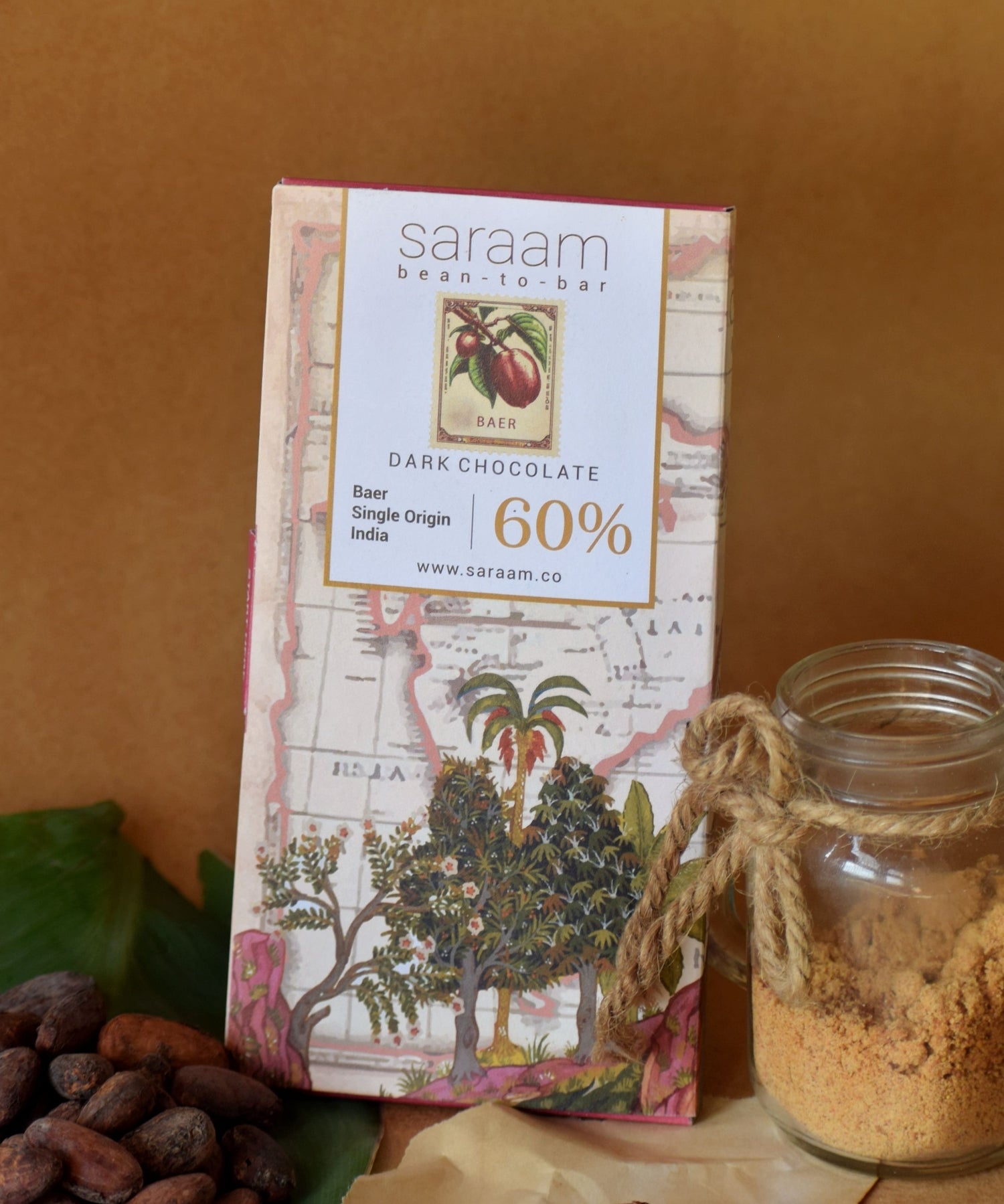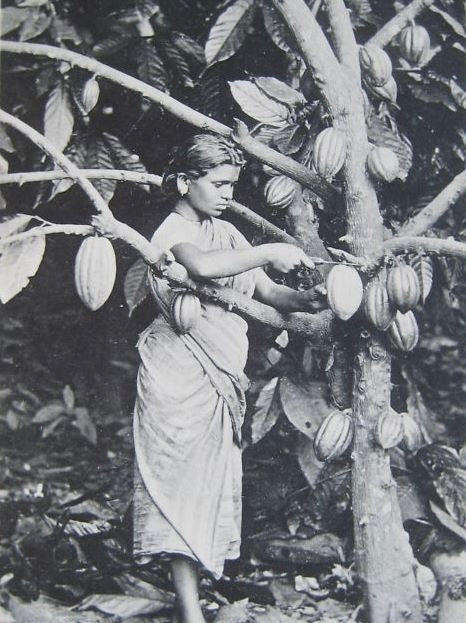India, a land celebrated for its cultural, linguistic, and geographical diversity, often overlooks its own treasure trove of native flora. Amidst the grandeur of the Himalayas and the serenity of the Indian Ocean, between the arid Thar Desert and the lush Western Ghats, a silent crisis looms—the diminishing diversity of indigenous fruits and spices. These botanical gems, overshadowed by their more favored counterparts like Mango and Banana, are struggling to compete with our growing preference for European berries. An enlightening article from DownToEarth magazine (www.downtoearth.org.in) shed light on India's fabled fruits and the challenges faced by the farmers cultivating them, some of which can only be found in

In an increasingly warming world, imported foods have a significant impact on our carbon footprint. Thus, it's imperative to redirect our attention and appreciation toward our native flora. The humble wood apple (bael) is a testament to this unique botanical heritage.
This homogenization extends to our culinary experiences, with strawberries and similar imports dominating patisserie menus worldwide. While global culinary fusion is not a new concept, the manner in which these foreign ingredients have begun to displace our native produce is a matter of concern. In the past, when exotic fruits and vegetables first arrived on Indian shores, they enriched our culinary landscape. Today, they seem to be supplanting our own indigenous offerings.
While India has a rich history of adopting flora from different regions, such as the introduction of potatoes and tomatoes from South America, it's time to ask ourselves: at what cost are we allowing this shift to happen?"







